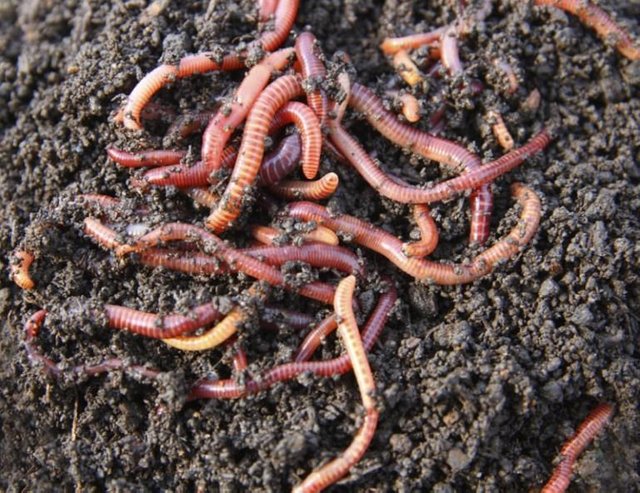Amazing Earthworms
Hi friend steemit
Today @itasteemit will share useful information for all friends in the utilization of our home land in order to produce a good economy for all of us.
In this post @itasteemit will explain _Amazing Earthworms _ optimally.
Background
The fertile nature is a blessing for us in utilizing an abundance that has been given. Our task is only to study and analyze it to be managed well in accordance with the natural growth cycle itself.
Through earthworm cultivation we have done a very extraordinary thing on this earth because earthworm is a creature that has been created to function to fertilize the soil and also as other natural ecosystems.
In agriculture, the worm destroys organic matter so as to improve aeration and soil structure. As a result the land becomes fertile and nutrient absorption by the plant becomes good. The existence of earthworms will increase the microbial population that benefits the plant. In addition, earthworms can also. [source]
In Indonesia, especially on the island of Java earthworm cultivation has become a very promising business because earthworms have become a necessity that has been utilized by many people.
The price of earthworms is also a reason to cultivate why? Because caused by the benefits contained in the earthworm itself that makes the price of earthworms become expensive.
For mancing mania usually used for fishing bait and no less interesting soil worm sought for ingredients of drug industry and cosmetics industry. The multidisciplinary potential of this earthworm is increasingly increasing both in the commercial and financial direction, as one of the lucrative branches of business. Therefore, the earthworm is feasible to be cultivated intensively with agribusiness orientation. ** [source] **
In kebisaanya earthworms are often cultivated is the type of Lumbricus because this worm is very fast growing in its growth and can also provide a very large amount in a short time.
Definition
Earthworms are animals that have no eyes and live in the soil.
"Earthworm" is a common name for the largest member of Oligochaeta (which is a class or upakelas depending on the author). In classical systems, they are placed in an order of Opisthopora, on the basis of male pores opening posteriorly to the pores of the female, although the anterior male segment is anterior to the female. Theoretical chlistic studies have placed them, on the contrary, in the Lumbricina suborder of the Haplotaxida order, but this may again soon change.
Larger groundworms are also called megadriles (or large worms), as opposed to microdriles (or small worms) in Tuberculic semicancic families, Lumbriculidae, and Enchytraeidae, among others. Megadriles are characterized by having a different clitorus (wider than microdriles) and a true capillary vascular system.
Earthworms are much more abundant in disturbed environments and are usually active only if water is present. [source1]
Steps of Cultivation of Earthworm To Produce Harvest Abundant
1. Facilities Preparation And Equipment
Cages can be made from some cheap materials and easy to obtain such as residual boards, bamboo, palm fiber, grass and gent.
For permanent cages of large farms for example has a size of 1.5 x 18 m. Inside is made a container where the maintenance of a kind of high-rise shelves, and can be open without any walls.
Types of cultivation systems that can be applied include :
Stacked boxes
Shelf tray
Fishing line
And multilevel fishing
2. Breeding
Preparation for earthworm cultivation is :
Mix the growing media
Provide superior seeds
Preparing worms and
Protective cage
**Seed Selection **
a. Candidate Seed Selection
For commercial scale, it is better to use existing seeds as they need large quantities, but for small scale we can look for seeds of earthworms from our natural surroundings, for example from decaying garbage environments, or from animal waste disposal sites.
b. Seed Maintenance
In the maintenance pattern is divided into several ways :
Earthworms are kept in large quantities in accordance with existing sites, with the selection of young or adult worms. If the container is 2.5 m in length, approximately 1 m wide, and about 0.3 m tall, it can accommodate about 10,000 worms.
Maintenance starts from a small amount, and if the number increases, some is transferred to another container. Maintenance of cocoons or eggs until they become children, as adults are moved elsewhere by combining the prescribed ways.
3. Breeding Model
If maintenance is ready and seedlings of earthworms are available, then planting is ready. Earthworm seeds are not directly inserted into the media, but little by little.
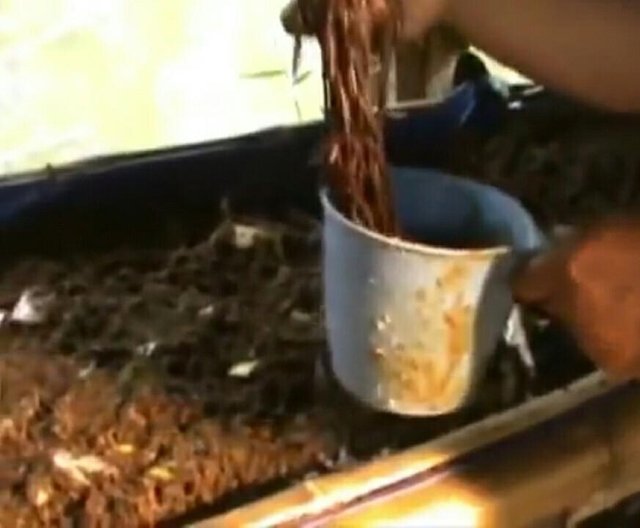
Some seeds try to be stored on the media, if the seeds into the media it shows that the worms feel at home in the media. Then add it again and check every 3 hours once if there are worms that roam outside.
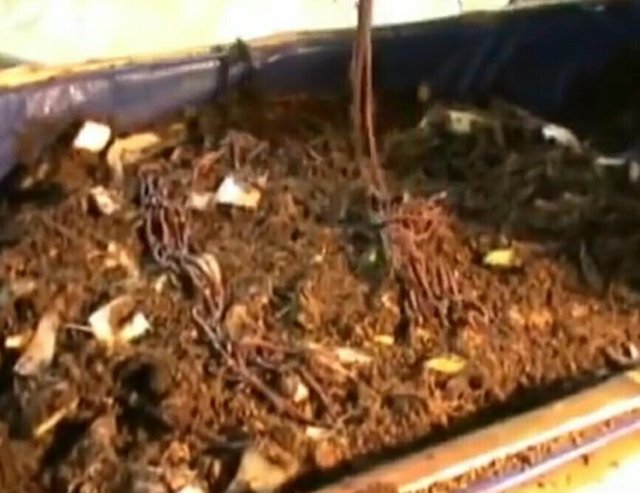
If the worm even leave the media or container means that media in use must be replaced immediately. How to change the media is by watering the water and then squeezed or disposed of water until the color is clear.
To make sure whether the earthworm is comfortable inside the media we use, you can confirm it after 12 hours.
4. Reproduction Or Marriage Systems
Earthworms are an animal group ** Hermaprodit ** which has male and female double genitals in one body. But for fertilization can not be done alone.
Earthworms are hermaphrodites - each individual carries both male and female sex organs. They have no internal or exoskeleton framework, but retain their structures with liquid coelom chambers that serve as a hydrostatic framework. [source2]
A pair of earthworms will produce an oval-shaped cocoon (egg) that is 1/3 the size of a matchstick that contains eggs. Each cocoon contains 2-20 tails, and an average of 4 tails.
The coconut is placed in a humid place, and within 14-21 days the cocoon will coat. 100 earthworms can produce 100,000 worms in a year.
Earthworms begin to mature after 2-3 months with marked braces (klitelum) on the front of the body, after 7-10 days marriage of adult worms will produce one cocoon.
5. Maintenance
Feeding in one day one night earthworms are fed once to the weight of earthworms planted. When planted as much as one kilo gram earthworms then the given feed should also be one kilo gram.
Wormworm feeds are generally animal dung. Things to note in the feeding of earthworms are as follows :
- The feed should be a powder or porridge.
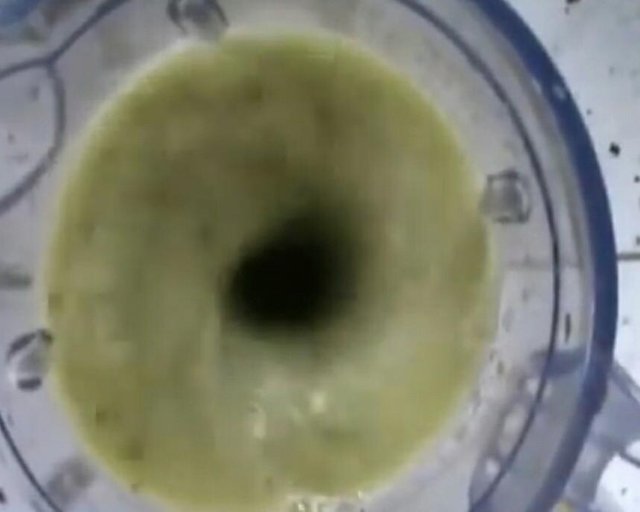
- Sprinkle the feed evenly over the media, but not cover all the media surface, approximately about 2/3 of the container that is not sprinkled with feed.
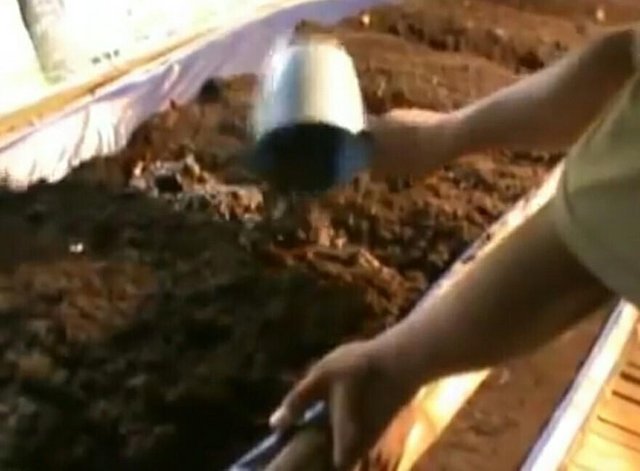
Close the feed with sacks, plastic or other materials that are not opaque.
If still left the previous feed pemeberian next feed should be stirred with the amount of feed given should be reduced. Comparison of feed porridge with water is given 1: 1.
Media that has become soil or worm worm that has been filled with many eggs (cocoon) should be replaced immediately in order to rapidly growing worms. So between eggs, child and parent should be separated on different media. The average media change is done twice.
Birth Process
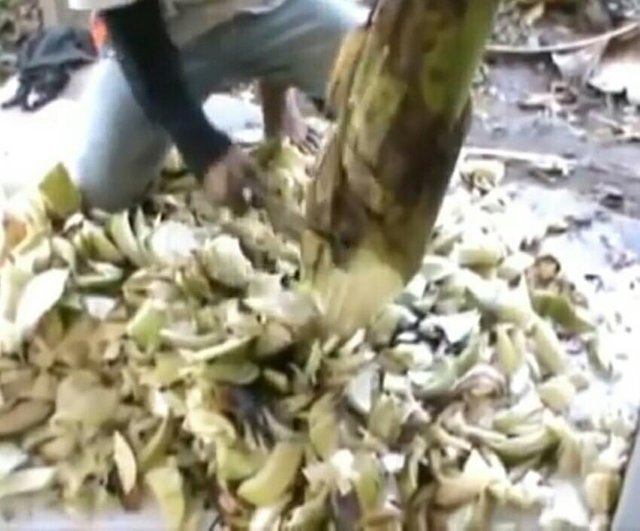
Media for earthworm worms are made of animal waste, banana stems, leaves, or fruits, market waste, household waste, paper, dirt, cardboard, wood or wood pulp.
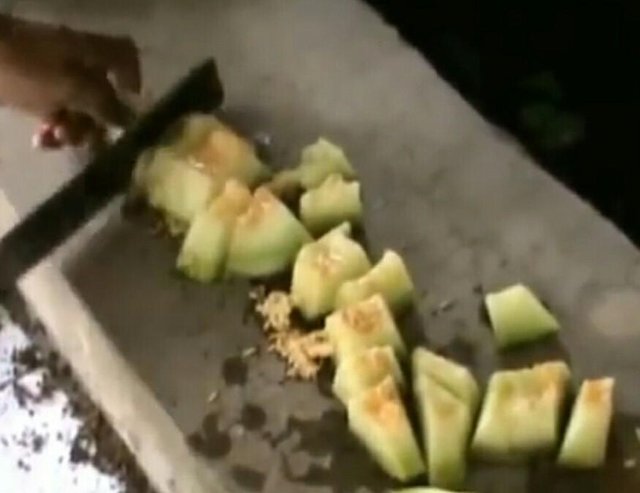
All materials are cut along + 2.5 cm. All the ingredients are stirred and added water except cattle dung, then stirred again.
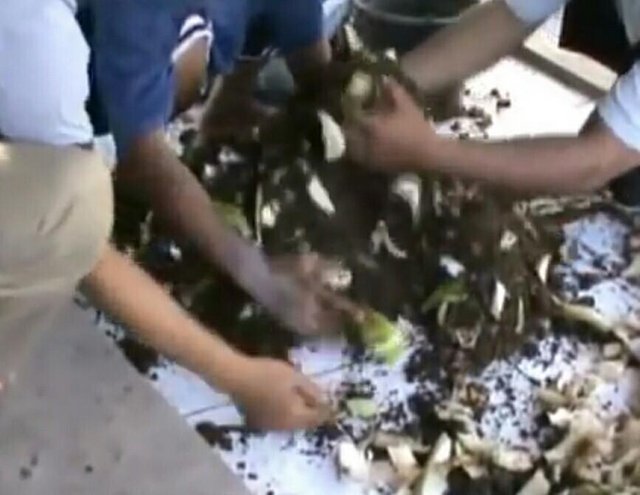
Furthermore, mixture of cattle dung mixed into one with a ratio of 70:30 with added enough water to optimally in its development.
6. Pests and Diseases
Pest control is a must do in earthworm cultivation because it will determine on a success in its maintenance.
Pests that often become the main enemy for earthworms include :
Chickens, ducks, snakes, geese, birds, centipedes, centipedes, ants, beetles, flies, rats, frogs, squirrels, leeches, lice, and more.
Another enemy that is not less disturbing is the red ants that eat carbohydrates and fats contained in the feed, both substances are needed for fattening earthworms. To prevent red ants by means of containers or maintenance media should be mined with water.
7. Harvest Worms
**Two things that can be expected from the worm harvest, namely: **
Biomass or earthworm worm itself. In the technique of harvesting worms can be done in various ways such as by using lighting lights petromaks, fluorescent lights, or bulb.
Earthworms will gather at the top of the media because it is very sensitive to light. You just separate between the worm and the media.
The second way by reversing the hive, worms are usually live together it will be easy to separate between earthworms with the media.
If there is a cocoon or pile of eggs at harvest, then return the nest in the original container and fed for 30 days.
Eggs will be ground and earthworms will be able to be taken to a new container of maintenance and ready for harvesting the worm.
Done,,,!!!
Source :
https://rejekinomplok.net/budidaya-cacing/
https://id.m.wikipedia.org/wiki/Cacing_tanah
https://carajuki.com/budidaya-cacing/
